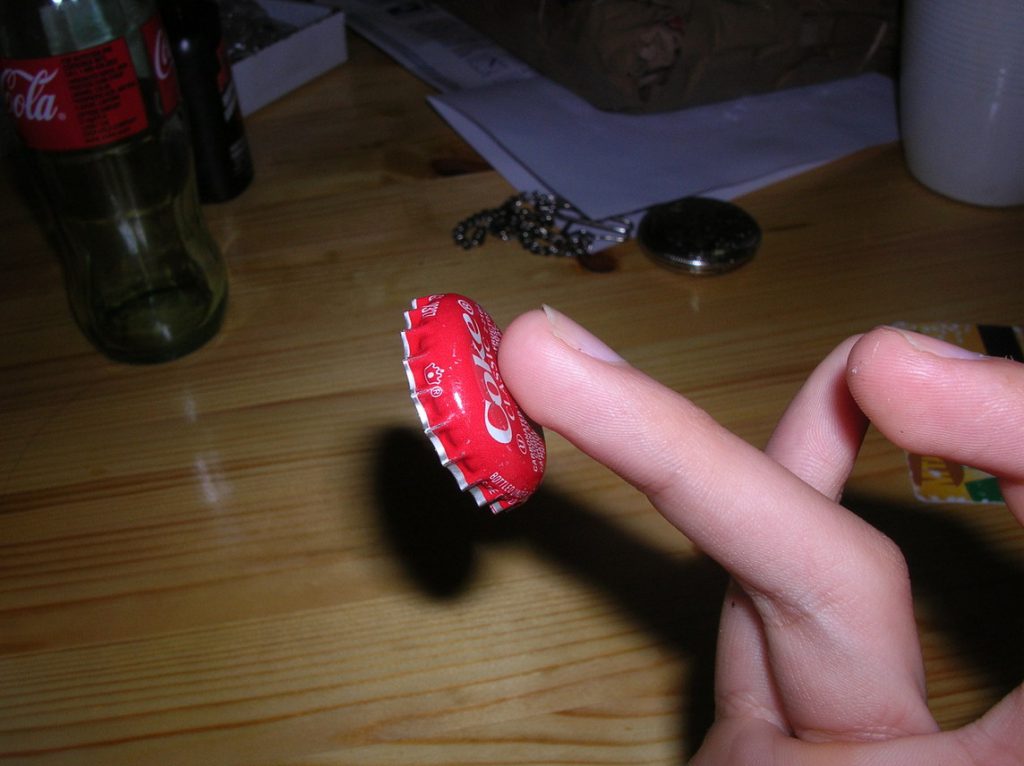In this day and age, body modifications like tattoos, piercings and colorful hair are much more accepted than they used to be. In fact, you often see teachers, doctors and even professors with these mods excelling in their fields. However, there are still some body modifications that society would deem too extreme. These mods haven’t yet broken into the mainstream and it will probably take time for them to garner understanding. Why’s this? Well, we will let you see for yourselves.
Scarification
Scarification is a popular form of body modification in communities throughout Africa and South America, yet it’s still pretty taboo in the Western world. The effect is created by cutting the skin into intricate patterns and letting the design heal as a raised scar. It’s illegal in many states and countries, however, it’s still collected by enthusiasts worldwide.

Branding
Branding creates a similar effect to scarification, except the designs are created using cautery tools or lasers. The designs are burned into the wearer’s skin and create a raised scar. This form of modification is much less common than scarification, as it requires tools that many body modification experts don’t have access to.

Bifurcation
Bifurcation means to divide something in two parts and in the world of body modification, this often refers to tongue splitting. Tongue splitting is done by cutting the muscle in two and then sewing up the individual sides with stitches. This prevents the halves of the tongue from growing back together and gives the wearer a permanently split tongue.

Subdermal Implants
Subdermal implants have grown in popularity over the years, especially as the technology has improved to make them more defined under the skin. Body modification experts insert the implant, which is typically molded silicone, by creating pocket under the skin. They then insert the implant into the pocket through a small hole and sew it up. Subdermal implants can be made into virtually any shape, including hearts, stars, skulls, numbers and spheres.

Scleral Tattooing
The process of tattooing the sclera (white’s of the eyes) is very different than traditional tattooing, as the ink is injected. This procedure was invented by Luna Cobra in 2007 and when done successfully, the ink is injected between the sclera and conjunctiva layers of the eye. Sclera tattoos can be a variety of colors, from black to blue to red to purple.

Magnetic Implants
Like subdermal implants, body modification enthusiasts have been experimenting with magnetic implants for decades. This technique isn’t as widely available as the others on this list, but some professionals have been able to insert small magnets into the finger tips. These magnets may not turn you into Magneto, but they can pick up small metal objects such as bottle caps and paper clips.

Piercing Stretching
Piercing stretching is extremely common when it comes to the ears, however, many body mods have stretched holes in their noses, cheeks and lips over the years. The process of stretching a face piercing is similar to what you’d go through with your earlobes, however it’s usually a much longer and more painful process because there’s more cartilage and thicker skin in these areas. Many people have sought out body modification experts to scalpel their piercings, which creates even holes and prevents tearing or blowouts.

Ear Pointing
Taking inspiration from elves featured in fantasy films, this procedure gives the wearer permanently pointed ears. The effect is created by cutting and sewing together the cartilage of the ear, often removing several pieces to create the desired effect.

Pearling
Pearling is a type of subdermal implant, where small beads (made of materials such as silicone, nylon, stainless steel or titanium) are inserted under the skin in rows to create a ribbing texture. Typically, this process is done on male genitalia. This procedure dates back hundreds of years, with men in Southeast Asia getting this done with real pearls, hence the name.

Extraocular Implant
Extraocular implants, also known as eyeball jewelry, were invented in the Netherlands in 2002. The procedure is done almost exclusively in the Netherlands to this day and the procedure requires a small piece of platinum alloy to be inserted between the layers of the eye. Only one company manufactures these implants, Hippocratech b.v., and they create 3mm shapes like hearts, stars, clovers and music signs.

Apotemnophilia
We’ve saved the best (or some would say, worst) for last. Apotemnophilia is the desire or compulsion to remove healthy body parts through modification. These procedures are extremely controversial and even the most extreme body modifiers tend to stay away from amputations. There are many different parts of the body that can be amputated and if done safely, not cause death or severe infection, including the limbs, fingers, toes and of course, genitals. Genital amputation is referred to as nullification and is sought out by hardcore body mods regardless of gender identity.




